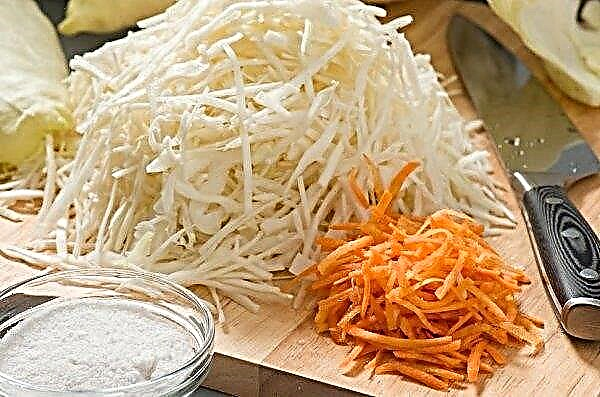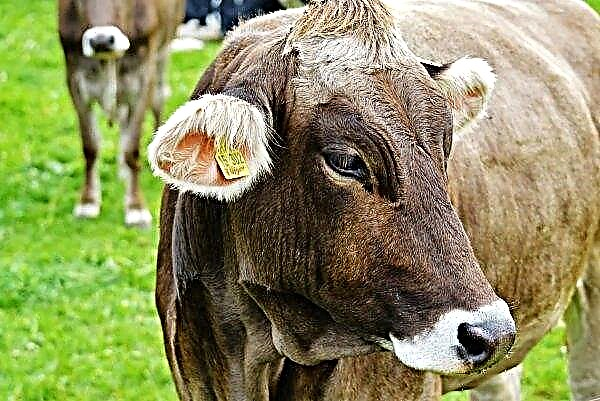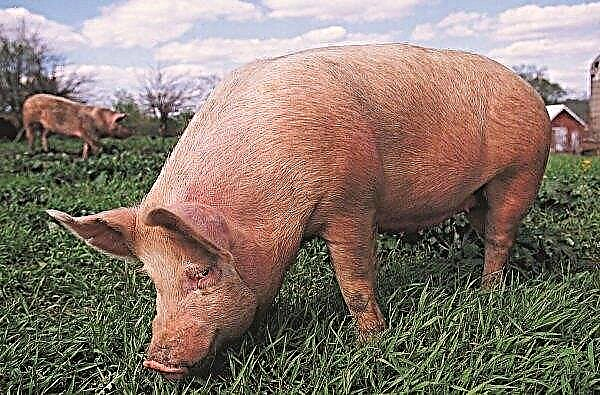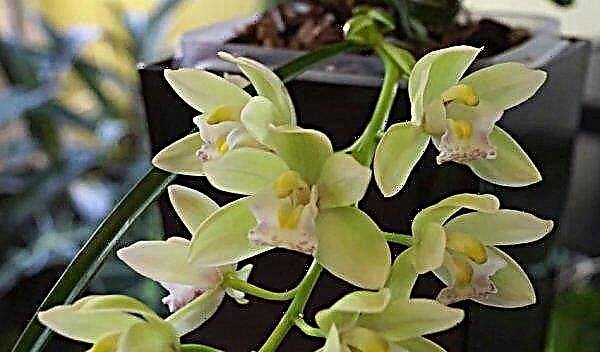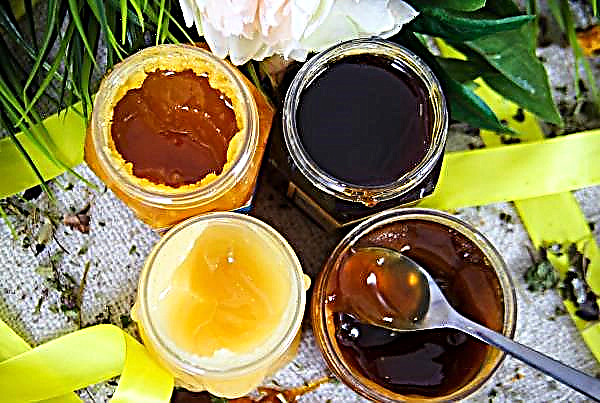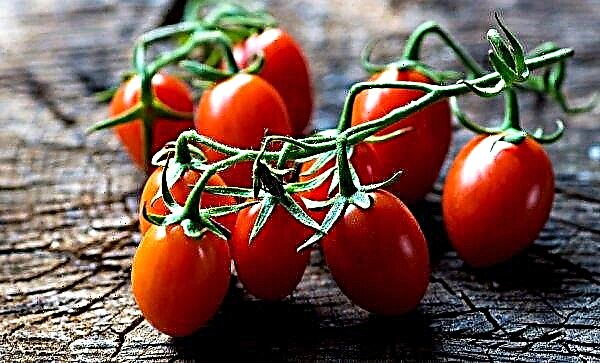Scientists at the NAAS Potato Institute in chambers with controlled microclimate conditions use a substrate-aeroponic method of propagating potatoes and harvest potato mini-tubers every three months. This method reduces the period of obtaining elite planting material from 4 to 3 years.
For research, plants obtained from meristem tissues in an in vitro culture are used. In trays, plants are covered with clear plastic glass to provide high humidity. Glass is removed after 3-4 days.

The schedule of climatic conditions is clearly defined and scheduled for each week. The conditions for growing mother plants are different from the conditions for plants that will be planted to produce mini-tubers.
After 3-4 weeks, cuttings are cut from the mother plants with a scalpel, and one leaf is left on each stem, which will provide energy to the axillary buds and stimulate the growth of new stems.

Cuttings are treated with rooting preparations and planted in a prepared substrate. On the twenty-first day from the start of cultivation, the plants are sprayed with a hormone to enhance the stolon and tuberization of the cuttings. At the end of the 8-week growing period, the trays are removed from the chambers.

For some varieties of late ripening, the growth period is 9 weeks. The tops of the plants are removed, 20-40 mini-tubers are selected from the substrate, they are washed, sorted and stored. Then mini-tubers are planted in closed ground, seed tubers are obtained from them, which are used for propagating potatoes.
Recommended reading:
- Early varieties of potatoes: description and features of varieties
- Description and characteristics of the Dutch potato variety
- Late ripening potato varieties and their detailed description


